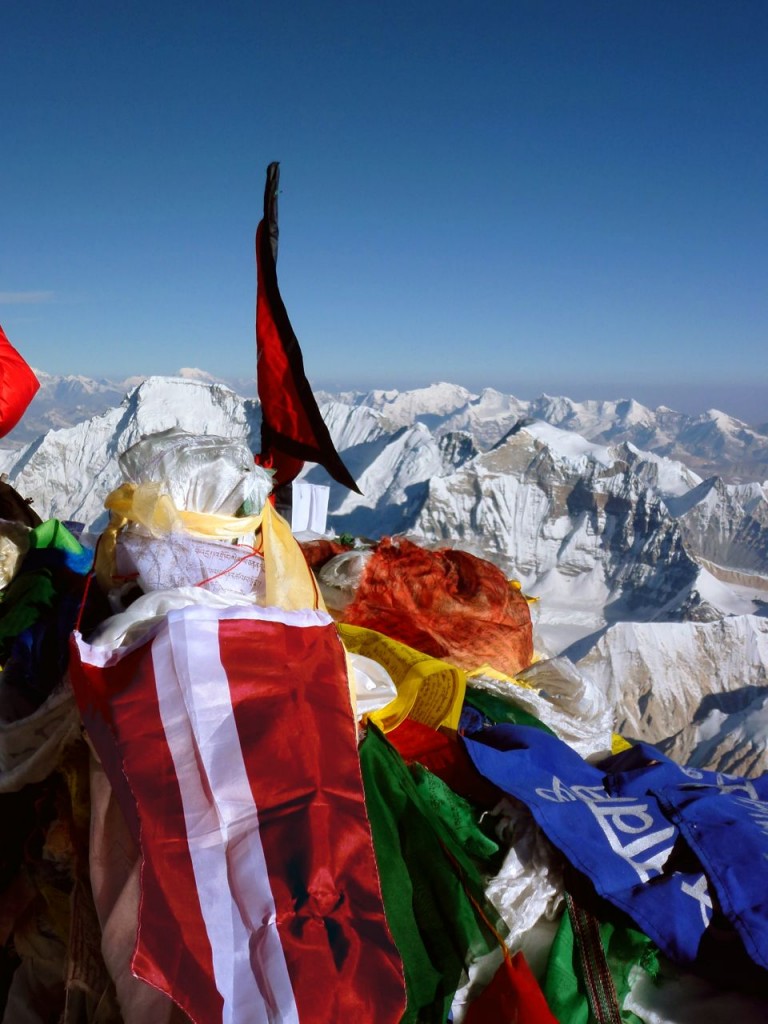Everest Training
One can not be “too trained” for Everest.

Breathing
Lungs is your nr. 1 instrument. May be more important then muscles are. Exercise them. If you have cold outdoor environment – do running / biking / skiing in cold temperatures to adopt your respiratory system to cold air. But do it gradually.
Pranayama is fantastic tool to feel how your lungs function and learn to manage the system. Gives more control and increases volume.
Fit & Cardio
Typical climber would be a multi-marathoner / Iron Man triathlete with impressive mountain resume. While you do not need to be an Iron Man, excellent cardio helps. Run, bike, swim – whatever is your favourite. And do both: intervals training, teaching your body to decrease pulse as much as possible during short period of time (1 – 3 min) & long stretches of few hours non-stop action. Endurance is the key word.
Muscle – wise, train small “structure” muscles with static postures, like holding the plank. What you do not want is to “pump” you muscle mass. It will ask for more oxygen up high and will be a burden to carry.
Mountaineering Skills
Everest is not a training ground. Come prepared. Crampons should be your second name. Nowadays teams travel not-roped together, instead climbers clip to fixed lines. You should be able to clip / unclip and handle ascender with any combination of gloves & mittens even with your eyes closed.
Our Norwegian fellow climber (an extraordinary guy, with big heart and a big smile) have installed fixed lines on a hill close to his house and was going up and down for hours at least 3 times per week. Well, Norway is blessed no only by oil, salmon and a sense of humor, but also by having mountains on your doorsteps. The rest of us may be not so privileged. But if you are – use it! Or mimicry it in other environment and lay your hands on ascender as often as you can.
Psychological
While on Denali you learn how to deal with emotional stress induced by others, here you have to know how to manage stress induced by yourself. It is a long, long expedition, what seem to bring a million reasons for concern: your cough, GI issues, fatigue, weather window, route condition, wind & cold, gear set-up, etc, etc… There would be at least few times when you will be heavily disappointed by your performance due to illness or God knows what factors. That is OK. It happens to everyone. Even the strongest guy on your team is battling the same at the loneliness of his tent. Find a friend you can share your concerns with. Or talk to a guide. Soon you’ll see you are not alone. Take it step by step. Separate all expedition into phases: first rotation, second rotation and so on and think one phase at a time. Closer to summit bid psychological pressure will build – do not give in. Keep inner calm. This mountain is not defining how good you are. Your life, your friends, family and your responsible decision to turn back if necessary would define how good you are.
